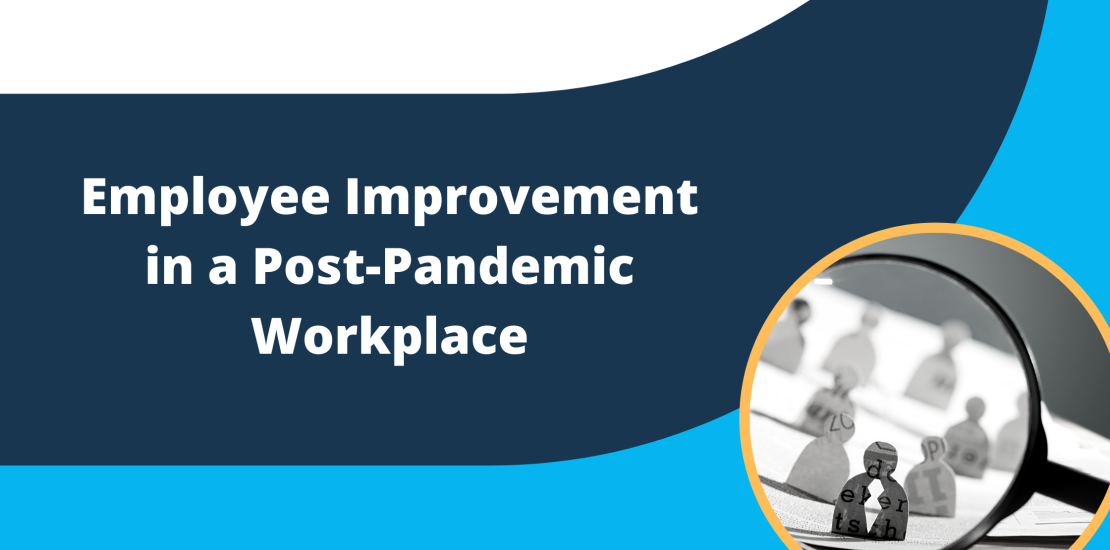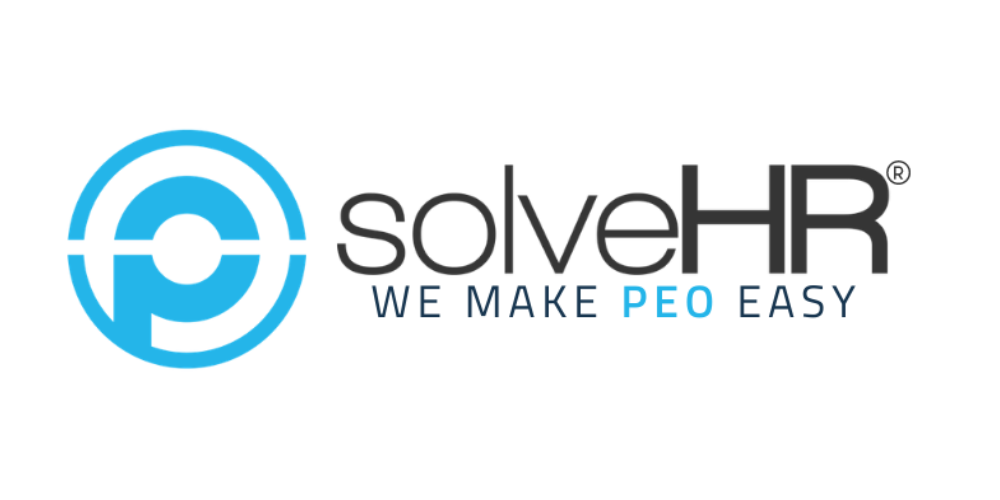- 03/09/2022
- Posted by: Matt Muriel
- Categories: Culture & Retention, Training & Development

(NOTE: This blog was created with ideas from one of SolveHR’s quarterly webinars. Our guest speaker, Kelli Cubeta from the Cubeta Law Group, was a fountain of knowledge for the information presented in this blog. Be sure to subscribe to keep up to date for our next quarterly webinar!)
Work is continuing to evolve at a breakneck speed as the pandemic begins to wane in the United States. Companies across the country are starting to reopen their office doors to their employees but working expectations have changed on both the employee and employer sides.
In the last two years, we’ve seen new challenges to the workplace like the rise of remote working, a labor shortage, and a redefinition of what it means to work. Companies have begun to find solutions to some of these issues, but one issue that remains prevalent is managing how your employees improve in their positions.
The current landscape of communicating with employees on how they perform has become boring, rigid, and formal to say the least, but with the new landscape in the post-pandemic workplace comes a time for a new take on employee performance.
Why Increase Performance Communication?
So why have the improvement conversation with your employees in the first place? As with most things, there are some jobs that we do well, and other jobs that we need to improve in. The trick is understanding what your employees’ pain points are and building an actionable plan to get them to where they need to be.
Usually, most businesses will just rely on annual or quarterly performance reviews, which is fine, but too often they serve as an excuse for upper management to not give immediate feedback to employees who are struggling at the moment.
When employees don’t receive frequent, specific, and genuine feedback on their performance, then the business suffers as a whole with low productivity, high employee burnout, and high turnover rates.
Typical Types of Employee Performance Communications
Some of the more popular types of employee performance communications that have popped up in the last 10 years have been programs like the 30/60/90 follow-up and performance improvement plans (PIPs).
While those programs have been good for increasing performance in employees, formal performance evaluations have created a bad rap for such programs in the last few years. Performance is usually only addressed when it becomes an issue with the employee, but by then these programs are too slow to react in a meaningful way to the employee.
Delaying feedback to 30, 60, or 90 days down the line can have the adverse effect of creating an inevitable difference in opinion and recollection of how the employee was performing. This is where a more dynamic approach is required to address performance (good or bad) at the time of incident.
How to Increase Employee Performance
The objective here is to create a culture for employees to expect and seek frequent, specific, and genuine feedback when, or close, to when the performance incident occurs. It may seem simple at first, but you might end up finding it difficult to get your management team onboard with this, but it’s important that everyone commits to accomplishing this objective.
Setting communication metrics for your leadership team can be a good way to keep your teams accountable with interacting with employees and creating a system of documentation can allow you to view an employee’s performance holistically to check for any outlying events.
When giving feedback to employees, reframe from generic statements like “You can do better,” or “You’ve been doing great,” generic feedback typically doesn’t discourage or encourage a certain type of behavior because of how vague the comments can be.
When committing to this objective, be sure to communicate what you expect from your employees to prepare them for the increased communication from leadership to ensure that it’s received positively.
A Note on Remote Workers
Remote working has become huge in the post-pandemic workplace. Not only that overall, it increased employee productivity (from the employees whose jobs can be done remotely), but it also has seen the added benefit of reducing expensive overhead costs like office space. This has caused remote work to spring up in business for its attractive offerings, but remote work has also become notorious for its difficulty to manage remote teams.
Managing remote teams may seem difficult, but the same principles still apply. Ensure that your remote supervisors are equipped with the skills and knowledge to manage a remote team. It can be harder to provide feedback remotely for performance-related issues because it mostly occurs over video conferencing apps or a phone call, but if you establish clear expectations with your remote employees then it shouldn’t be too big of an issue.
Strong Leadership
Remember that strong leadership is required to get the most out of your teams’ performance. Within your teams, there should be leadership that provides effective coaching and mentoring to help the team meet their goals. Good leadership encourages teams to excel in their roles and exceed expectations, these leaders can help guide your teams to better performance.
Need help building a comprehensive human resource strategy? We offer expert advice in both Transactional and Strategic HR strategies to increase the productivity of your employees. Take the headache out of HR so you can focus on what matters—growing your business!

